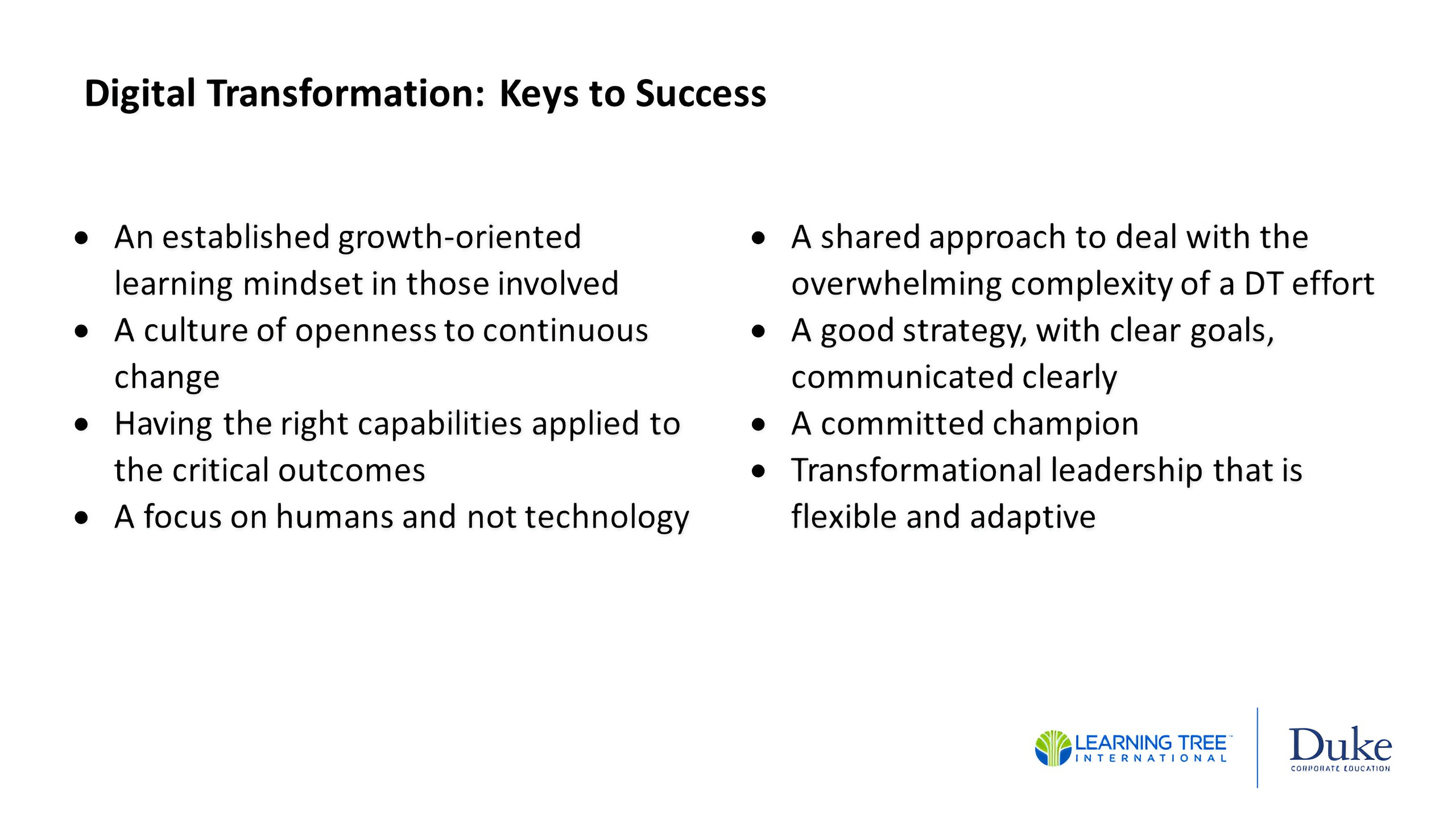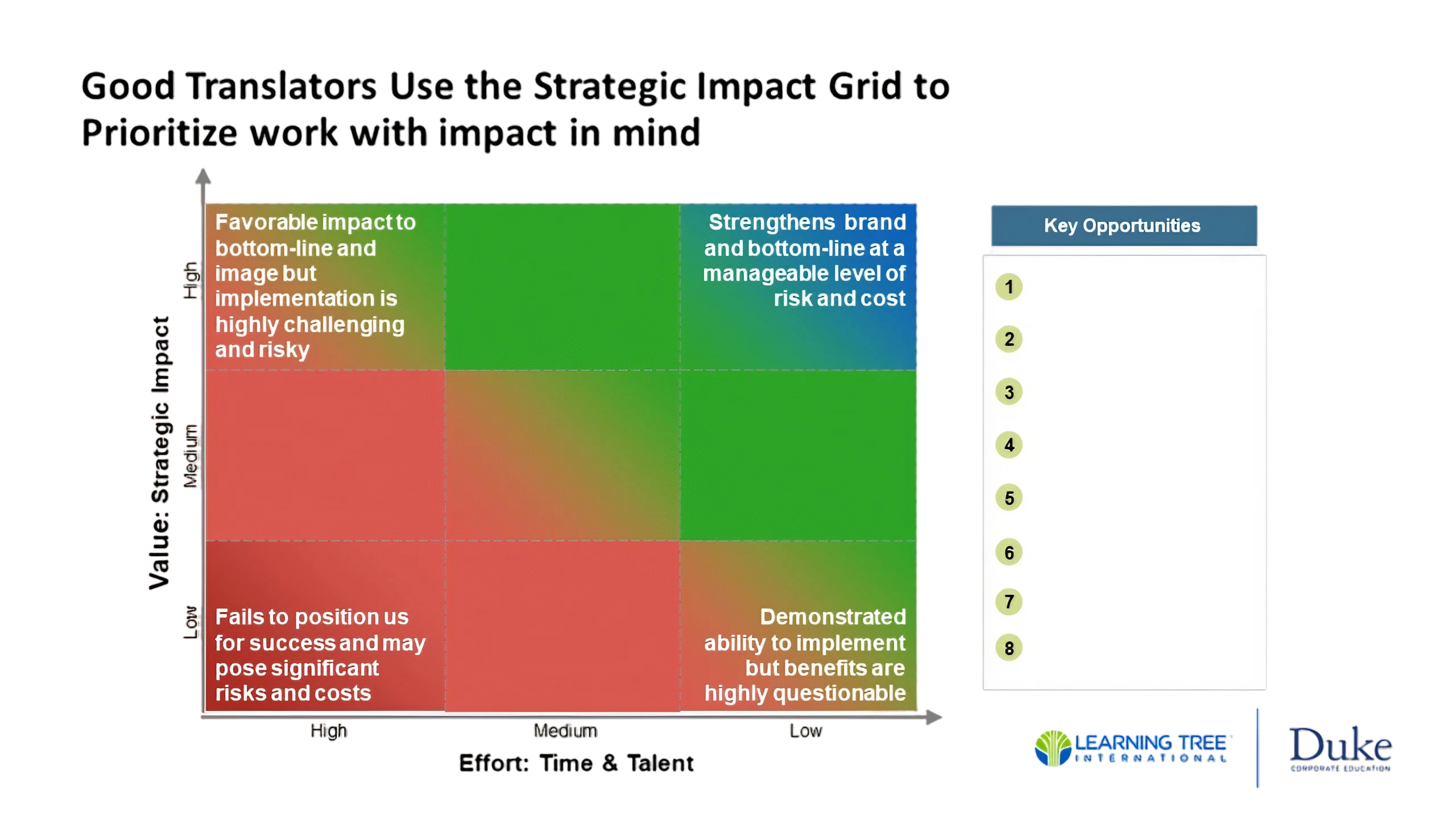Change is the only constant in the business world, and it brings challenges that can make or break an organization. Leading organizational change effectively requires more than just a vision—it demands a deliberate framework that empowers leaders and instills them with the confidence to guide their teams through transition, overcome opposition, and drive success.
In this post, we explore an innovative framework inspired by the insights of Jonathan Gilbert, a luminary in strategy and digital transformation. We’ll examine effective strategies for real-world implementation and glean valuable lessons from expert insights to help leaders foster a culture that embraces change.

Understanding the Change Landscape
Organizational change has become a necessary response to the rapidly evolving demands of the global marketplace. However, such change is often met with resistance. It's not just about introducing new policies or technologies but also overcoming the inertia inherent in established systems and the apprehension that naturally accompanies the unknown.
Leaders must clearly understand the obstacles and opportunities to navigate this complex landscape. From restructuring operations to renegotiating roles, they must outline a process that is as compassionate as it is comprehensive, paving the way for growth without losing sight of long-standing values.
The VUCA Vortex
Jonathan explains that organizations operate in a VUCA environment characterized by volatility, uncertainty, complexity, and ambiguity, which he illustrates with the VUCA Vortex chart. The VUCA framework highlights the four key dimensions—Volatility, Uncertainty, Complexity, and Ambiguity—that significantly impact organizations' lifespan and competitive advantage. He emphasizes that conventional long-term strategies may no longer suffice in such an unpredictable landscape. Instead, organizations need to master the art of identifying, exploiting, and then disengaging from transient advantages in the marketplace. This understanding will make you feel more informed and prepared to navigate the challenges of the modern business environment.

Jonathan advocates for a more dynamic approach to strategy development and implementation. He suggests that leaders must be agile and continuously reassess their strategies in response to market shifts. By understanding and navigating the VUCA Vortex, organizations can better position themselves to thrive amid the constant and unpredictable changes of the modern business environment. Mastering this adaptive strategy is critical to sustaining competitive advantage and achieving long-term success.
The New Framework for Leading Organizational Change with SCAV (simple, compelling, adaptable, and volatile)
Drawing on the profound yet pragmatic teachings of Jonathan Gilbert, our framework focuses on four core principles:
- Clear Thinking (simple)
- Compelling Messaging (compelling)
- Adaptable Planning (adaptable)
- Awareness of Volatility (volatile)
Jonathan Gilbert emphasizes the significance of simplicity:
"We have to work hard to get your thinking clean and to make it simple… simply will be able to compel people to move in ways that they have never been able to move before." (How to Close the Strategy-Execution Gap Webinar)
Strategies for Leading Successful Change
Key strategies within this framework include:
- Fostering Open Dialogue: Leaders must cultivate spaces where team members feel encouraged to voice concerns and contribute ideas. Such inclusivity mitigates resistance and can lead to more innovative solutions.
- Adapting the Operating Model: It is essential to be ready to reevaluate and recalibrate existing structures. Gilbert wisely notes, "We have to be able to ask that what-if question."
- Leveraging Team Members: Use your teams' diverse skill sets to tackle change processes. This includes identifying and supporting change champions who can inspire their peers.
- Strengthening Leadership Capability: Effective leadership involves managing change and embodying the adaptability you seek to instill in your organization.
Real-World Examples and Case Studies
Analyzing case studies where this framework has been applied, we can observe how leaders who employed transparency, agility, and foresight effectively rallied their teams around a change initiative, turning potential opposition into active support. These real-world examples and case studies are not just for learning but also to inspire and motivate you to implement similar strategies in your own organization. Check out The State of Tennessee IT Academy – A Workforce Development Success Story.
The Road Ahead: Implementing the Framework
Jonathan Gilbert’s insights underscore the need for cultural support and committed leadership:
"We need to be able to create and sustain a culture that supports an openness to continuous change…" (9:41, Duke CE & Learning Tree: Six Tools You Need to Lead Successful Digital Transformations Webinar)
Implementing this framework requires more than just understanding the strategies; it necessitates a cultural shift. The first step is to create an environment where change is tolerated and welcomed as a pathway to innovation and improvement. This cultural support and committed leadership are the foundation for successful implementation.
Organizations can achieve remarkable results in implementing change by adopting innovative approaches and learning from successful case studies.

The points made in the image above points can help overcome opposition to organizational change by creating a positive and supportive environment for the people who are involved in or affected by the digital transformation, by providing clarity and direction for the desired outcomes and actions, by engaging and empowering the teams and stakeholders to collaborate and innovate, and by leveraging the existing solutions and successes that can inspire and motivate others.
As you embark on your journey to embrace and navigate organizational change, consider exploring these strategies further and gaining deeper insights on these keys to success through our on-demand webinar, "Duke CE & Learning Tree: Six Tools You Need to Lead Successful Digital Transformations" to equip yourself with practical tools and expert guidance.
Expert Insights and Tools from Jonathan Gilbert
Gilbert’s sharp perspective on the human element of change highlights the fundamental truth: "We need to understand what's going on within the human to get adoption…"
His advice should steer strategy-translators and architects toward keeping their fingers on the pulse of their organization’s human rhythm—knowing the emotional and psychological dynamics at play.
Jonathan defines "Translation" as adapting a strategy into actionable steps that resonate with and can be executed by teams. He says translation is the key to closing the gap between strategy and execution and requires tools, skills, and methods to create meaning, craft messages, prioritize actions, and plan for contingencies.
Determine Priority with the Strategic Impact Grid
Another tool he uses is the strategic impact grid, which helps you prioritize the work that must be translated to the doers and ensures tasks align with the overarching strategy. This grid visually compares the strategic value of each task with the effort required to complete it. The aim is to position tasks within the upper right-hand corner of the grid, where minimal effort results in significant strategic value.

This approach is essential for prioritizing various strategy components, as it often requires more effort to address every element simultaneously. Prioritizing with a focus on value to effort ensures that actions taken yield the highest impact with the least resource expenditure.
Conclusion
The framework for leading organizational change, fortified with strategies for overcoming opposition, heralds a new era for leaders to usher in successful transitions. By upholding the principles of simplicity, compelling narrative, adaptability, and awareness of volatility, you can transform the inevitable turmoil of change into a growth opportunity.
Now, it's your turn to take the helm. Lead with intention, lean into the framework, and watch as your organization sets sail toward promising horizons. To prepare people-first leaders, enroll your team in our Future Leaders Professional Certificate Program, empower yourself in a volatile environment, and secure your place in the Duke CE Advanced Technology Leadership Certificate Program.


